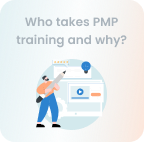







 10 Sep 2024
10 Sep 2024
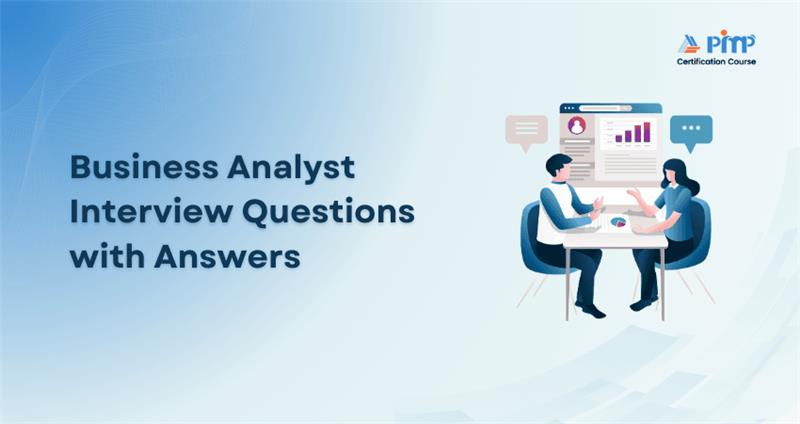


Tired of vague interview preparation and endless scrolling for useful content? We hear you. This blog cuts straight to the point with 30+ Top Business Analyst Interview Questions and expert-crafted answers tailored for 2025. Whether you’re interviewing at a start-up or a global firm, these Q&As will sharpen your responses, boost your confidence, and help you prove your value. Let’s dive in!
Table of Contents
1) Business Analyst Interview Questions and Answers
a) What is the role of a Business Analyst in an organization?
b) How do you go about defining the scope of a project as a Business Analyst?
c) How would you deal with a difficult or demanding client?
d) Why do you believe you're a good fit for the Business Analyst role at our company?
e) What are the main deliverables expected from a Business Analyst throughout a project’s lifecycle?
f) How do you convince clients to accept and implement your business recommendations?
g) How do you maintain clear and effective communication with stakeholders?
h) What’s your approach when beginning a new analysis project?
i) Can you explain the INVEST criteria?
j) How do you prioritize requirements when resources are limited?
2) Conclusion
If you are preparing for a Business Analyst interview, these commonly asked questions and sample answers will help you showcase your analytical skills. It will also boost your communication ability, and problem-solving mindset. Let’s discuss some of the most asked questions:
A Business Analyst identifies business needs and translates them into actionable requirements. They work closely with stakeholders to analyse problems, improve processes, and support solution development. Their main role is to bridge the communication gap between business teams and technical teams to ensure the final deliverables align with business goals and add value.

I begin by identifying stakeholders, gathering requirements, and understanding the business objectives. I define what is in and out of scope through workshops, documentation, and analysis. Clear communication, sign-offs, and change control help manage scope effectively. A well-defined scope ensures all parties are aligned before development begins, reducing rework and confusion.
I remain calm, listen actively, and aim to understand their concerns fully. I ask open-ended questions, clarify expectations, and focus on solutions, not conflict. By maintaining professionalism and transparency, I build trust. I also document all communications to avoid misunderstandings and ensure mutual agreement as the project progresses.
I bring a strong blend of analytical thinking and communication skills, coupled with a solid understanding of business processes and stakeholder engagement. My experience aligns well with your industry and project objectives. I’m adaptable, proactive, and focused on delivering measurable value. I believe I can make a meaningful contribution to your goals and collaborate effectively within your team environment.
Typical deliverables include Business Requirement Documents (BRDs), functional requirement specifications (FRS), use cases, user stories, process flow diagrams, wireframes, and traceability matrices. These documents ensure stakeholders, developers, and testers are aligned. They also help track progress, reduce ambiguity, and confirm that the final product meets business needs and expectations.
I support my recommendations with data, analysis, and clear alignment to business goals. I explain the benefits, cost savings, and potential risks of not acting. By involving stakeholders early, addressing concerns transparently, and backing suggestions with real-world examples, I build credibility and trust, increasing the likelihood of implementation.
I tailor my communication to suit each stakeholder’s preferences and technical understanding. I use tools like reports, dashboards, emails, and face-to-face meetings to ensure transparency. I document decisions, follow up consistently, and create visual aids where needed. Open dialogue and active listening help build trust and reduce misunderstandings.
I start by identifying key stakeholders and understanding the project’s purpose. I gather initial requirements, review existing processes, and conduct gap analysis. I then define objectives, scope, and deliverables. Building strong stakeholder relationships from the start ensures effective collaboration, which lays the foundation for a successful analysis effort.
Take charge of projects - Start your Certified Associate in Project Management (CAPM) today!
INVEST stands for Independent, Negotiable, Valuable, Estimable, Small, and Testable. It is a guideline used to create high-quality user stories in Agile environments. These criteria ensure that each user story is clear, manageable, and deliverable within a sprint, helping developers and testers work more efficiently and deliver better outcomes.

I assess the value, urgency, risk, and impact of each requirement. I collaborate with stakeholders to distinguish between must-have and nice-to-have features. I use methods like MoSCoW prioritization, weighted scoring, or cost-benefit analysis. This ensures that limited resources are focused on delivering the most critical business value first.
Business modelling involves analysing and representing the processes, systems, and structures within an organization to understand how it operates and delivers value. It helps identify inefficiencies and opportunities for improvement. Techniques like SWOT, value stream mapping, or process flow diagrams are used to visualise operations and support better decision-making for change.
I frequently use use case diagrams, activity diagrams, data flow diagrams, and process flow charts. These tools help visualise workflows, clarify dependencies, and simplify complex concepts. Visual representations enhance stakeholder understanding and support effective communication, making it easier to define requirements, identify gaps, and align development with business goals.
The key phases include initiation, planning, analysis, design, implementation, testing, and evaluation. In the analysis phase, Business Analysts play a major role in gathering requirements and defining scope. Each phase builds on the previous one and ensures the solution is aligned with strategic goals, timeframes, and stakeholder expectations.
I follow a structured approach: identify the issue, gather relevant data, engage stakeholders, analyse root causes, and brainstorm solutions. I evaluate options based on impact, cost, and feasibility. Once a solution is selected, I support implementation and monitor results. I document learnings for future improvement and transparency.
Yes, I once disagreed with a developer over a requirement’s interpretation. I addressed it by arranging a short meeting, where we discussed perspectives calmly. We involved the product owner to clarify expectations. The resolution strengthened communication and ensured alignment. I believe early, open dialogue is the best way to handle conflicts.
Unified Modeling Language (UML) is a standard way to visualise system architecture. It helps Business Analysts create diagrams like use case, class, and activity diagrams. These models represent system behaviours and data flow clearly. UML is especially useful in bridging communication between technical teams and non-technical stakeholders during system design.
Pareto Analysis, based on the 80/20 rule, helps identify the few causes that generate most of the problems. In decision-making, it enables prioritization by showing which issues, if addressed, will have the greatest impact. It’s especially useful for solving process inefficiencies or identifying high-value areas for improvement.
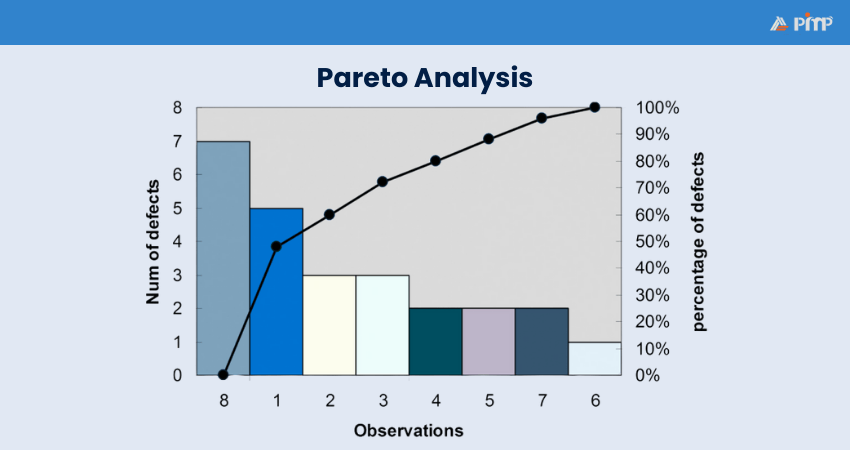
I commonly use Excel for quick Data Analysis, Power BI and Tableau for creating interactive dashboards, and SQL for querying databases. For advanced analytics, I utilize tools like Python or R to explore complex datasets. These tools help visualise trends, identify patterns, and support data-driven decision-making using both real-time and historical data.
From planning to execution – Master it all with PMI-ACP® Certification now!
Flowcharts provide a visual representation of processes, showing sequences, decisions, and workflows clearly. They simplify communication, highlight inefficiencies, and support better understanding across technical and non-technical teams. Flowcharts also help identify bottlenecks, map improvements, and ensure everyone shares the same understanding of how a process works.
A Software Requirements Specification (SRS) document outlines the functional and non-functional requirements of a system. Key components include purpose, scope, system features, data requirements, interface specifications, assumptions, and constraints. It acts as a contract between stakeholders and developers, ensuring alignment and clarity before development begins.
I start by performing data validation checks, comparing inputs across sources, and reviewing historical patterns. I engage stakeholders to clarify discrepancies, document findings, and trace the root cause. Once gaps are identified, I work with technical teams to correct data flows or update processes, ensuring accuracy and reliability moving forward.
Managing conflicting stakeholder expectations can be challenging. Prioritising different viewpoints while maintaining project scope requires diplomacy, clarity, and assertiveness. I handle this by listening actively, maintaining transparency, and using data to support decisions. Ensuring all voices are heard while staying aligned with business goals is essential for success.
A BRD (Business Requirements Document) outlines high-level business needs, goals, and stakeholder expectations. An SRS (Software Requirements Specification) provides detailed technical and functional specifications. BRD focuses on what the business needs, while SRS defines how developers will build it. Both documents ensure clarity throughout the project lifecycle.
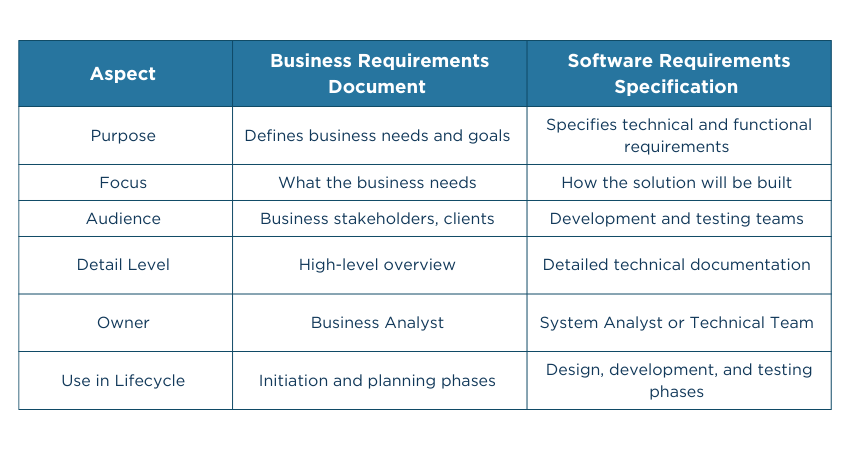
I follow data protection policies, limit access to authorised personnel, and use encryption when handling sensitive files. I work closely with IT to enforce compliance with data regulations like GDPR. Regular audits, documentation, and anonymization techniques are used to safeguard data confidentiality during analysis and communication.
Gain Global Recognition with PMI-RMP® Certification– Sign up now!
I use prioritization techniques like MoSCoW or the Eisenhower Matrix to distinguish urgent tasks from important ones. I rely on Project Management tools like Jira or Trello to track progress and deadlines. Clear scheduling, delegation where needed, and focused time blocks help me stay organized and meet all responsibilities effectively.
A Requirement Traceability Matrix (RTM) maps each requirement to its corresponding test cases, design elements, and business objectives. It ensures nothing is missed during development or testing. RTMs help track changes, manage scope, and provide a clear audit trail, enhancing quality assurance and reducing risk throughout the project.
I’d start by analyzing existing processes for inefficiencies and identifying areas where automation or clearer documentation could improve performance. I’d also suggest more cross-functional workshops to enhance collaboration. My goal would be to drive small, measurable changes that lead to long-term value and streamlined business outcomes.
Typical documents include Business Requirement Documents (BRDs), Functional Requirement Specifications (FRS), Use Case Documents, User Stories, Process Maps, Traceability Matrices, and Gap Analysis reports. I’ve prepared all of these in past roles and used them to facilitate communication between stakeholders, developers, and QA teams.
In a previous role, I identified a manual reporting task that took several hours each week. I introduced an automated dashboard using Power BI, reducing time spent by 80 percent. I collaborated with IT and finance, ensured clean data sources, and trained users, delivering higher efficiency and freeing up resources for strategic tasks.
I regularly follow industry resources, attend webinars, and complete certifications. I stay updated on tools like Power BI, SQL, and Python, and engage in BA forums or communities. Continuous learning helps me adapt to new tools, technologies, and methodologies effectively.
Scope creep is the uncontrolled expansion of project scope without adjustments to time, cost, or resources. I prevent it by clearly defining scope, securing stakeholder sign-offs, maintaining a change control process, and documenting all updates. Regular communication and requirement traceability also help in identifying unauthorised changes early and managing expectations.
In one project, conflicting data from two systems was delaying reporting. I traced the issue to mismatched field formats and proposed a unified data mapping model. After implementing changes, reports became consistent, reducing errors by 95 percent. My analysis not only fixed the issue but also improved system integration long-term.
Agile is an iterative approach that focuses on flexibility, collaboration, and customer feedback. Unlike traditional methods like Waterfall, Agile delivers work in short cycles, allowing faster response to changes. It prioritizes working solutions over documentation, making it ideal for dynamic environments where adaptability and continuous improvement are critical.
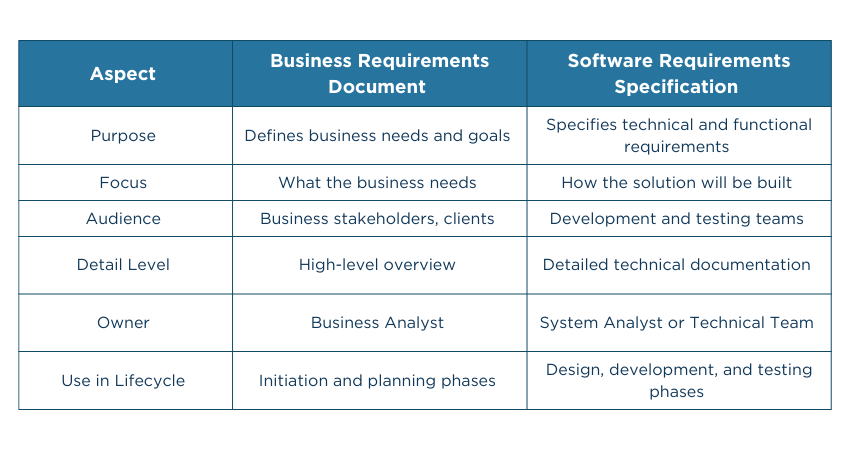
Preparing for a Business Analyst interview in 2025 means mastering both technical knowledge and soft skills. These top 30+ questions help you anticipate what employers expect and frame impactful responses. Focus on real-world examples, data-driven thinking, and effective communication. With the right preparation and mindset, you’ll be well-positioned to stand out and succeed in any Business Analyst interview scenario.
Join a Global Network of Certified Project Professionals with Project Management Institute (PMI)® Certification® - Register today!






© Copyright 2025. All rights reserved. Contact: PMP® TRAINING ACADEMY.


